Western Mountaineering Lynx Sleeping Bag (regular)
$362.00 Original price was: $362.00.$98.99Current price is: $98.99.
- Multiple payment methods, 100% payment security
- Free Shipping, No Compromise on Quality
- Have the best deals
- Top-Notch Quality

Rated to -23°C the Western Mountaineering Lynx MF takes a step in the realms of the serious expedition bag. The weight is exceptionally low at only 1420 grams, 120grams lighter than a Rab Expedition 800, but 905 grams of uber quality 850+ fill power down and clever baffles makes this bag supper warm for any U.K conditions and well suited to extended Alpine summer seasons or higher altitudes. The only limitation worth bearing in mind is although down is highly compressible, 905 grams of it still take up some room, so you might need to consider the pack size shown in the table below.
So how do they do it?
Western Mountaineering call upon over 30 years of design experience and use a combination of the latest technologies and the best quality materials.
Here are some of the features that make the difference between a good down bag and a great one:
Design Detail.
Different bags in the Western Mountaineering range have different design details according to their intended purpose and place in the range, but one or two ideas prevail overall.
Light weight through simplicity: The more panels of material there are on a sleeping bag the more seams there are and the folds of material add weight. Making a bag out of large single sheets means more material off-cuts and that adds cost to the final product, but it adds value as well and that’s why you will never see a Western bag with an array of different coloured patches.
Differential cuts: Some manufacturers use one template or ‘pattern’ for the inner and outer of their bags (lining and shell). This saves on production costs, but the bag will lose performance and you will feel the cold anywhere your body presses against the inside of the bag. This is because the down between the two fabrics is crushed and down that isn’t lofted isn’t fulfilling its potential of trapping air to keep you warm.
Western Mountaineering use a different pattern for the lining and shell, so the inner is smaller than the outer. Much like one tube being inside another tube with a gap in-between for the down to loft. This is called a differential cut and you will notice the benefit on your toes, knees, hips and shoulders.
Usable zips: A simple laminated plastic strip is all it takes to make a sleeping bag zip work well.
It adds just a few grams to the bag overall, but it is worth its weight in gold. How many times have you been desperate to get in, or out of a sleeping bag and the damn zip has jammed. Mostly ,that’s frustrating, but a badly jammed zip can damage your bag, or it could even be dangerous if you were really cold, with frozen fingers and needed to be in your bag quick.
We should always take care when zipping our sleeping bags, but the Western Mountaineering zips are a pleasure to use.
Baffles and hoods: All the winter sleeping bags on the EMS site have full length 3D zip and shoulder baffles. Take a close look at the photos, especially at the shoulder baffles. They are sewn into a delightfully fat tube which inflates with the down inside to make a very cosy and warm baffle around the neck. The hoods can be drawn up snug around the head to leave nothing more than a breath hole and covering the temple and eyes with warm soft material.
[I felt like my eyeballs were freezing solid in their sockets on the Klein Matterhorn in a snow bivi 2009 Adam]
Finest Down Quality.
Down quality is measured by how much loft is achieved from a given weight of down, usually cubic inches (of space filled) with one ounce of down. The result is termed fill power and most down products have a fill-power of between 650 fp and 800 fp (or cubic inches per ounce).
All manufacturers wash and treat their down before putting it in their products, but to get the highest fill-power test results, they give laboratory test samples additional washes and warm air drying before the tests.
Western Mountaineering believe this is gives a false test result as the sample has had more treatments than the down in the products we buy. They have opted to test their down as it is in their products, clean and dry, but with no extra ‘special attention’. Despite the pragmatism all W.M. down has a fill power of 850+fp. The ‘+’ is to demonstrate the fp is always greater than 850 and that 850 is not an average.
(Other manufacturers that source their down from the same suppliers claim an fp of 900).
MicroLite XP™ Shell Material.
Microfiber is a specific type of fabric constructed of densely woven ultra-fine yarns in order to achieve an optimal balance of breathability and water resistance. Each microfiber yarn has many more filaments than a normal nylon or polyester yarn of equivalent area. Woven into jigh thread count material, it becomes a fabric that really keeps wind and water out. Although treated with a durable water repellent (DWR) finish, this fabric remains highly breathable because there is no coating or laminate to restrict vapour transfer. Since the fabric’s construction is responsible for weather resistance, it cannot wear off, wash out or delaminate. This is the most advanced technologically advanced non-laminated weather resistant fabric available. We have carefully sourced our MicroLite XP™ microfiber because of its very low weight(less than 1.3 ounces per square yard), its durability and ability to perform well in a wide variety of weather conditions.
| Shape | Size (ft/in) | Rating | Loft (in) | Inside Girth shdr/hip/foot (in) | Fill Wt. | Total Wt. | Stuff size (in) | Sac Size |
| Mummy | 5’6″ | -10° F | 8.5″ | 61″/54″/39″ | 30 oz | 3 lb | 9 x 18 | L |
| (w/ full collar) | 6’0″ | -10° F | 8.5″ | 62″/54″/39″ | 32 oz | 3 lb 2 oz | 9 x 18 | L |
| 6’6″ | -10° F | 8.5″ | 63″/55″/39″ | 34 oz | 3 lb 5 oz | 9 x 18 | L | |
| Shape | Size (cm) | Rating | Loft (cm) | Inside Girth shldr/hip/foot (cm) | Fill Wt. | Total Wt. | Stuff size (cm) | Sac Size |
| Mummy | 165 | -23°C | 21.5 | 157/137/97 | 850 g | 1360 g | 23 x 46 | L |
| (w/ full collar) | 180 | -23°C | 21.5 | 157/137/99 | 905 g | 1420 g | 23 x 46 | L |
| 200 | -23°C | 21.5 | 160/139/99 | 965 g | 1500 g | 23 x 46 | L |

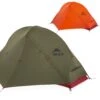

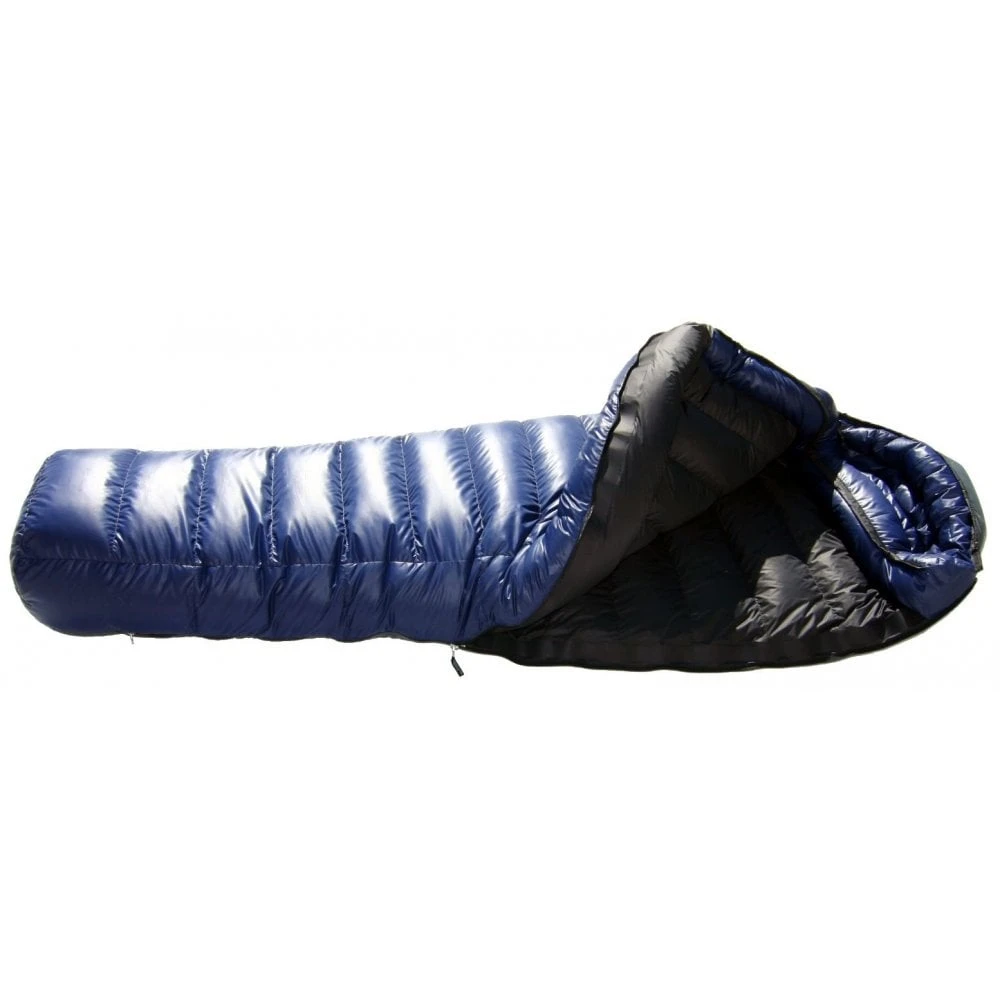
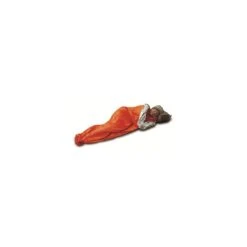
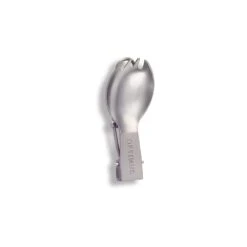
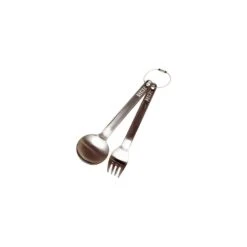
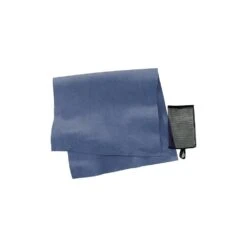
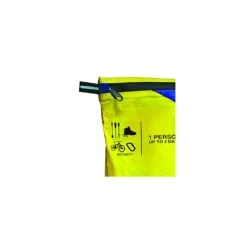
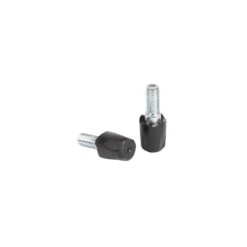

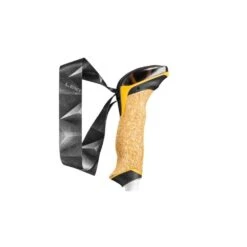
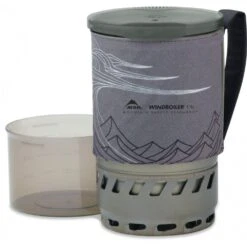
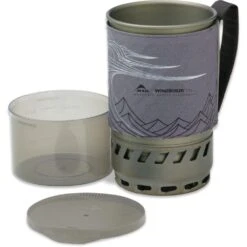
Reviews
There are no reviews yet.